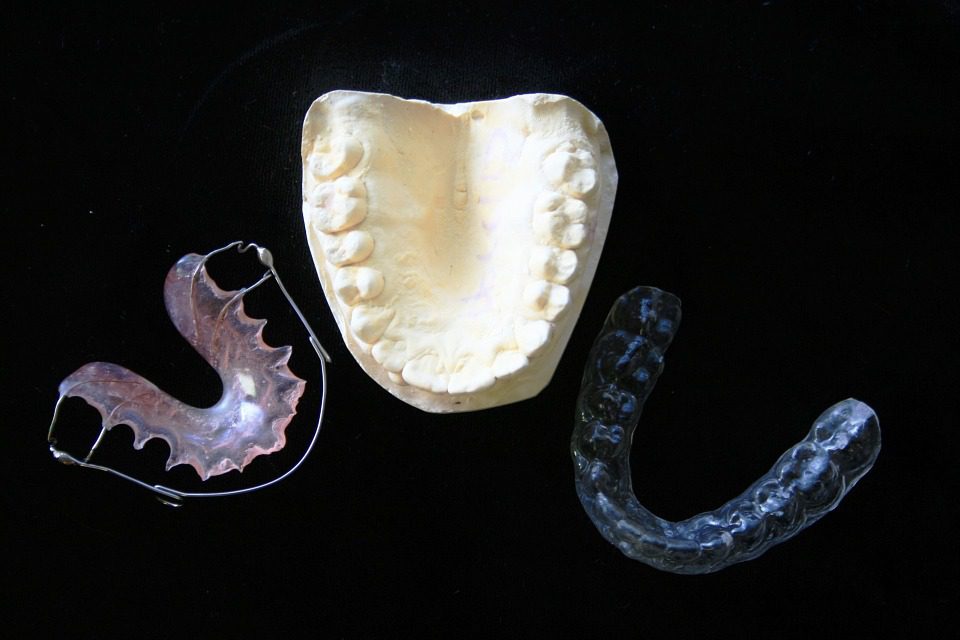Invisalign is a treatment that helps you achieve straighter teeth. For some people, Invisalign will work as an alternative to braces. Invisalign, however, is not an end treatment. You still need to wear a retainer to ensure that your teeth will stay straight rather than regressing to their original state.

(Pixabay / PublicDomainPictures)
Invisalign is a portmanteau (or word combination) of “invisible” and “align.” The aligners are made of thermoplastic material and resemble teeth-whitening trays. The Invisalign treatment plan requires a series of aligners, which are custom-made for individual patients. Each new aligner makes slight adjustments to tooth positions in a process mapped out in advance by your dentist, depending on the structure of your bite. The aligners work by gradually shifting the teeth from their current position. The next set of aligners will be provided about two weeks after you start. The process will continue until your teeth are fully straightened.
Since the Invisalign pieces are virtually invisible, they will fit seamlessly with your lifestyle. Unlike braces, Invisalign aligners can be removed to allow you to eat or drink during the treatment process. They can also be taken out so you can brush or floss your teeth as you normally would. Invisalign is often a good choice for people who cannot tolerate traditional metal braces.
For best results, Invisalign aligners should be worn 20 to 22 hours per day. After the Invisalign treatment process is complete, your dentist will give you a set of retainers to ensure the continued integrity of your beautiful new smile.
